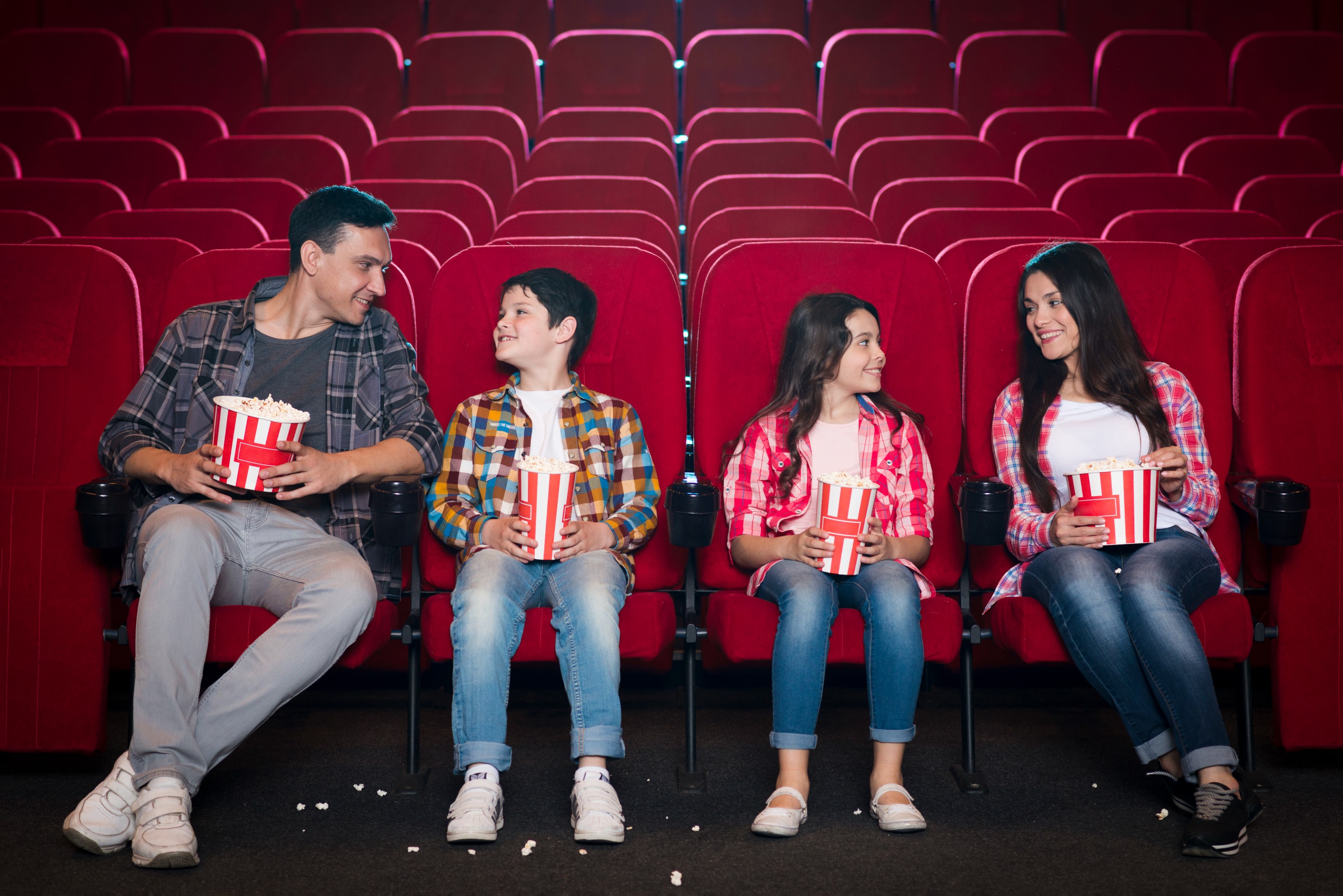Introduction
Movie exhibition—the way films are presented to audiences—has been a cornerstone of the film industry for over a century. From the grandeur of single-screen theaters to the rise of multiplexes, cinema has evolved as a shared experience that captivates millions. However, with the advent of streaming platforms and changing audience habits, the movie exhibition industry has faced significant challenges.
To remain relevant, cinemas are rethinking their value proposition, leveraging cutting-edge technologies, and creating unique experiences that can’t be replicated at home. In this blog, we’ll explore the challenges cinemas face, innovations driving their revival, and future trends that promise to redefine movie-going experiences.
The Key Challenges in Movie Exhibition
1. The Rise of Streaming Platforms
Streaming giants like Netflix, Disney+, and Amazon Prime Video have disrupted traditional movie exhibition. The convenience of on-demand viewing and the ability to watch from anywhere have drawn audiences away from theaters.
2. Declining Footfalls
The COVID-19 pandemic significantly impacted theater attendance, accelerating a trend of declining ticket sales. While footfalls have recovered to some extent, attracting audiences back consistently remains a challenge.
3. High Operational Costs
Maintaining theaters involves significant costs, from energy-intensive projection systems to real estate expenses. Declining revenue can make it difficult for smaller theaters to sustain operations.
4. Competition from Home Theater Systems
Advancements in home entertainment, such as 4K TVs, surround sound systems, and streaming technologies, have made the home viewing experience more immersive and convenient than ever.
5. Evolving Audience Expectations
Modern audiences, especially younger generations, demand more than just a film screening. They seek immersive, engaging, and value-added experiences.
Innovations Driving the Revival of Movie Exhibition
1. Immersive Cinema Experiences
Theaters are adopting technologies that enhance the sensory impact of movie watching, offering something streaming platforms cannot.
-
4DX and ScreenX: These formats add physical effects like motion seats, wind, scents, and rain, immersing audiences in the on-screen action.
-
IMAX and Dolby Cinema: Superior visuals and sound systems create a truly cinematic experience, appealing to cinephiles who value quality.
2. Virtual Reality (VR) Cinemas
VR is revolutionizing movie exhibition by creating interactive and immersive viewing experiences. In VR cinemas, audiences can feel like part of the movie, exploring the environment and interacting with elements in real time.
3. Dynamic Pricing Models
To optimize ticket sales, theaters are leveraging SaaS tools like TixTrack to implement dynamic pricing strategies. Ticket prices vary based on factors like demand, time of day, and seating preferences, making movie-going accessible to a wider audience.
4. Enhanced Customer Experiences
Modern theaters are integrating AI-driven analytics to better understand customer preferences and personalize their offerings.
-
Targeted Promotions: Platforms like Movio analyze customer data to deliver personalized promotions and loyalty rewards.
-
Seamless Ticketing: Mobile apps enable easy booking, digital tickets, and contactless payments, enhancing convenience.
5. Hybrid Models
Some theaters are embracing hybrid models by partnering with streaming platforms. For example, Netflix’s limited theatrical releases for films like The Irishman highlight how cinemas and streaming can coexist.
Case Studies: Successful Innovations in Movie Exhibition
1. AMC Theatres: The Subscription Model
AMC introduced its subscription-based program, AMC Stubs A-List, allowing members to watch multiple movies per week for a fixed fee. This approach has driven customer retention and increased concession sales.
2. Alamo Drafthouse: Cinema Dining Experience
Alamo Drafthouse revolutionized movie exhibition by combining film screenings with gourmet dining and craft beverages, creating a premium experience that attracts niche audiences.
3. Cineplex: Gaming Zones and Alternative Content
Canada’s Cineplex diversified its offerings by integrating gaming zones and hosting alternative content like e-sports tournaments and live events, appealing to non-traditional movie-goers.
Future Trends in Movie Exhibition
1. Augmented Reality (AR) Integration
AR technology will transform how audiences engage with movie content. Imagine scanning a movie poster to unlock AR trailers or exploring AR-based interactive elements within theater lobbies.
2. Esports and Live Event Screenings
As theaters embrace alternative content, hosting live e-sports tournaments, concerts, and sports events will create additional revenue streams and diversify audiences.
3. AI-Driven Theater Management
Artificial intelligence will optimize theater operations, from scheduling screenings based on audience demand to managing energy consumption during non-peak hours.
4. Private Viewing Experiences
Offering small, customizable screening rooms for private parties is becoming a popular trend. These spaces cater to families, friend groups, and niche audiences.
5. Sustainability Initiatives
Eco-conscious theaters will adopt energy-efficient technologies, such as LED projectors and solar panels, to reduce their carbon footprint and appeal to environmentally aware audiences.
The Role of SaaS in Redefining Movie Exhibition
SaaS platforms are pivotal in addressing challenges and unlocking new opportunities for theaters:
-
TixTrack: Dynamic pricing and seating optimization.
-
Movio: Customer analytics for targeted marketing.
-
GDC Technology: Cloud-based cinema management systems.
-
Vista Cinema: Integrated ticketing, concessions, and loyalty program management.
-
Shift72: Hybrid screening solutions for theaters and digital platforms.
Conclusion
While the movie exhibition industry faces undeniable challenges, it also has immense potential for reinvention. By embracing immersive technologies, data-driven insights, and hybrid models, theaters can offer unique experiences that go beyond streaming. The future of cinema lies not in competing with home entertainment but in complementing it—offering audiences a reason to step out of their homes and into a world of unforgettable storytelling.

